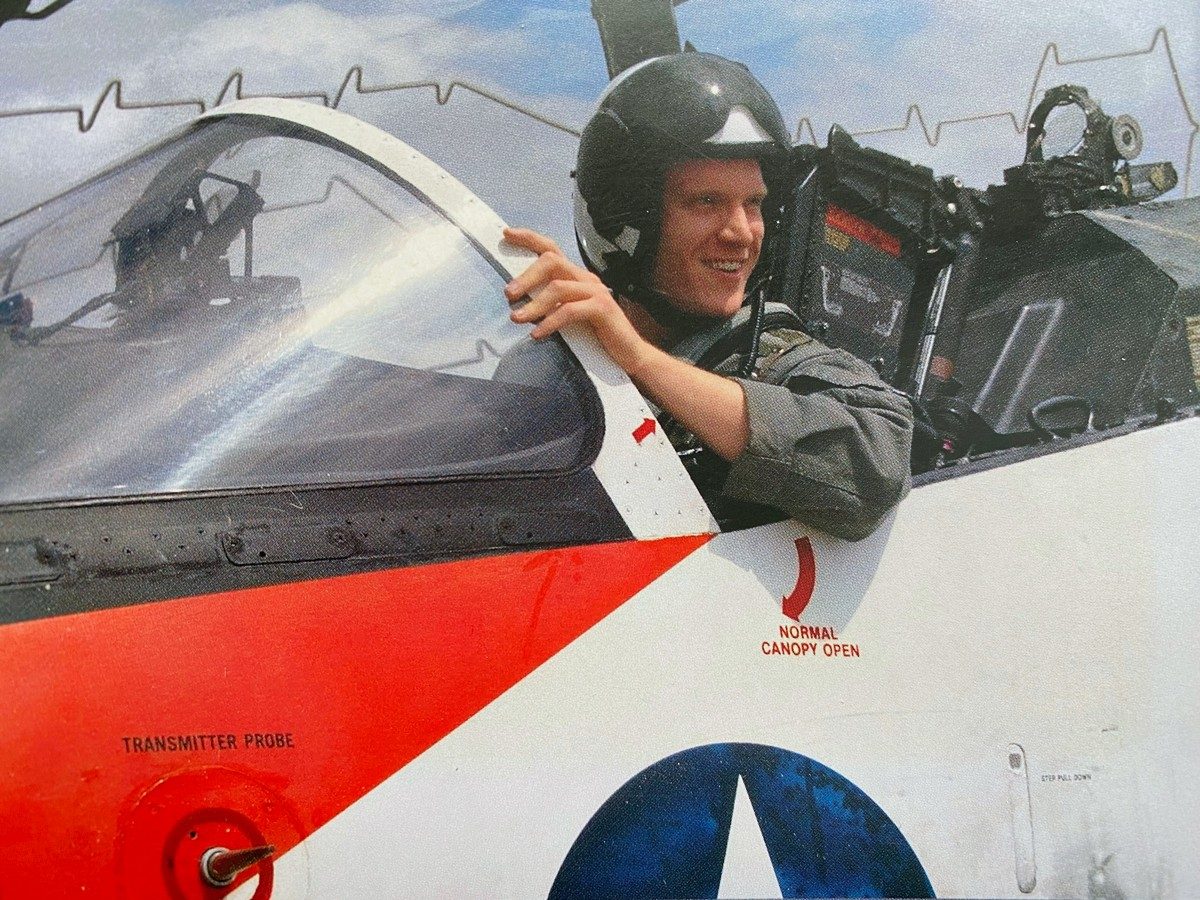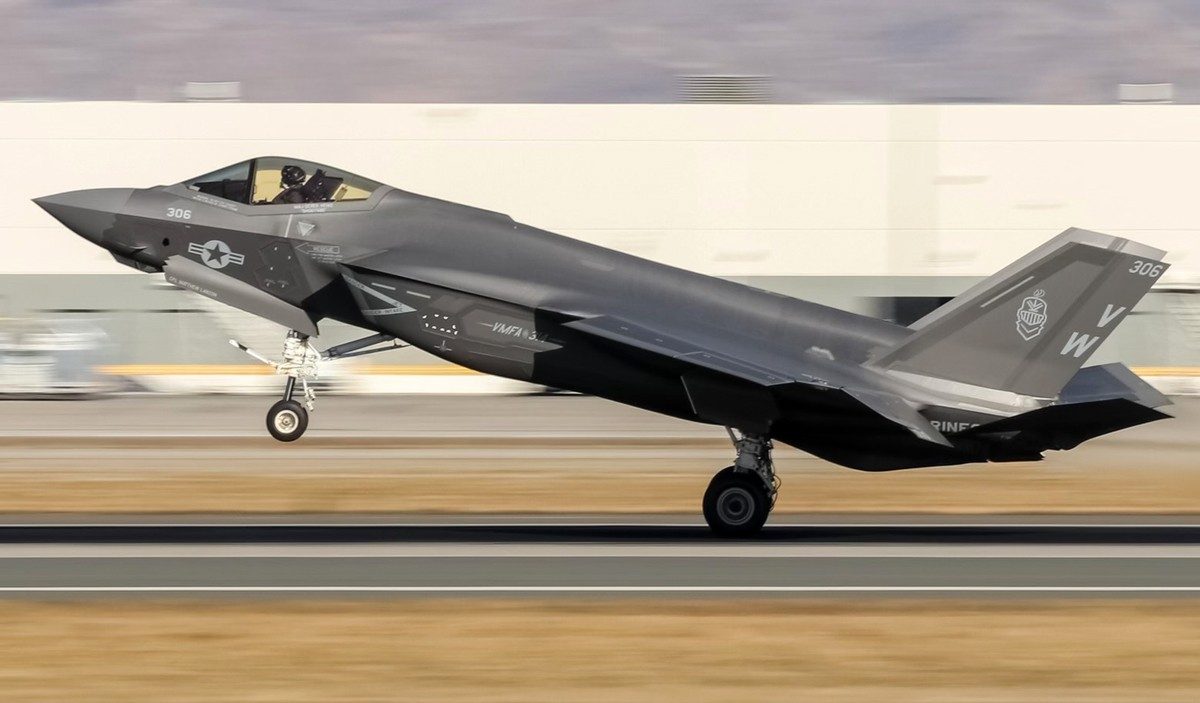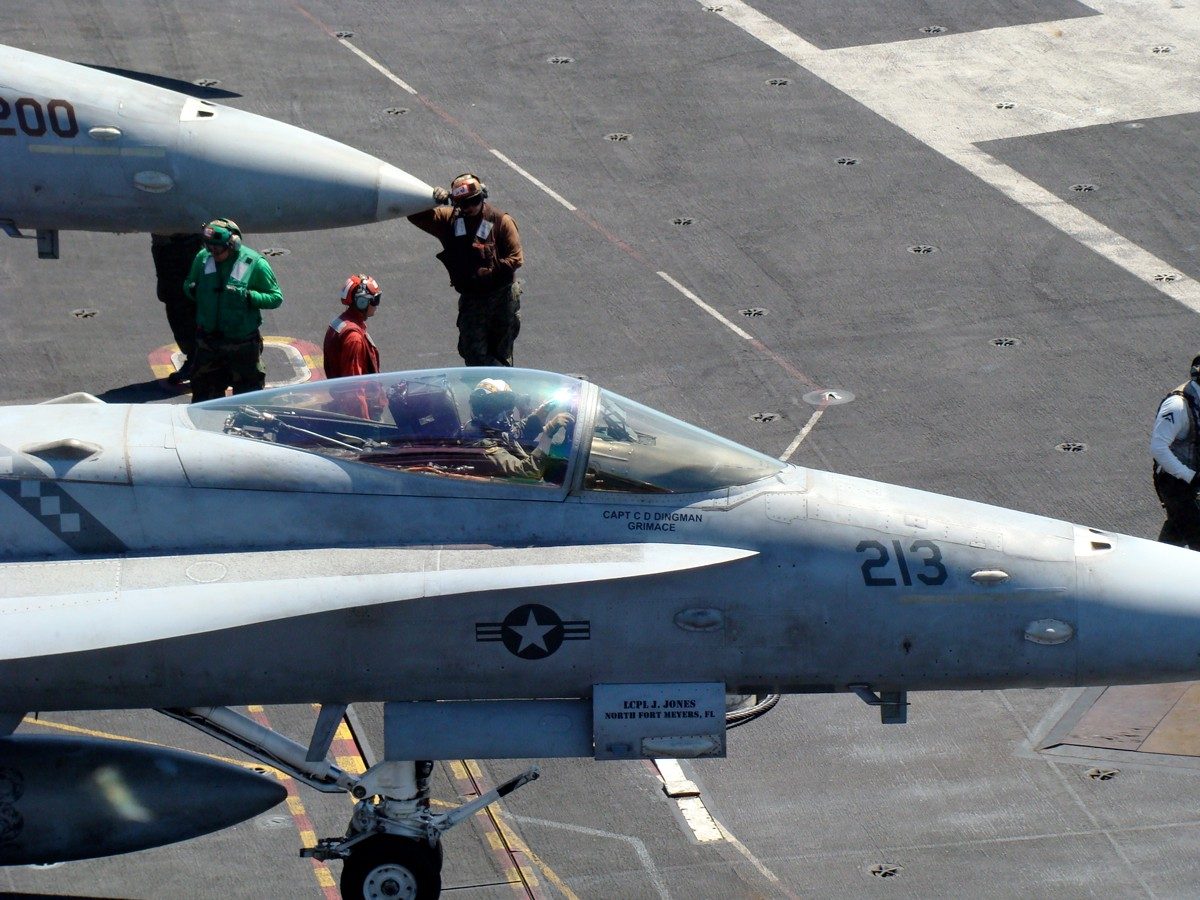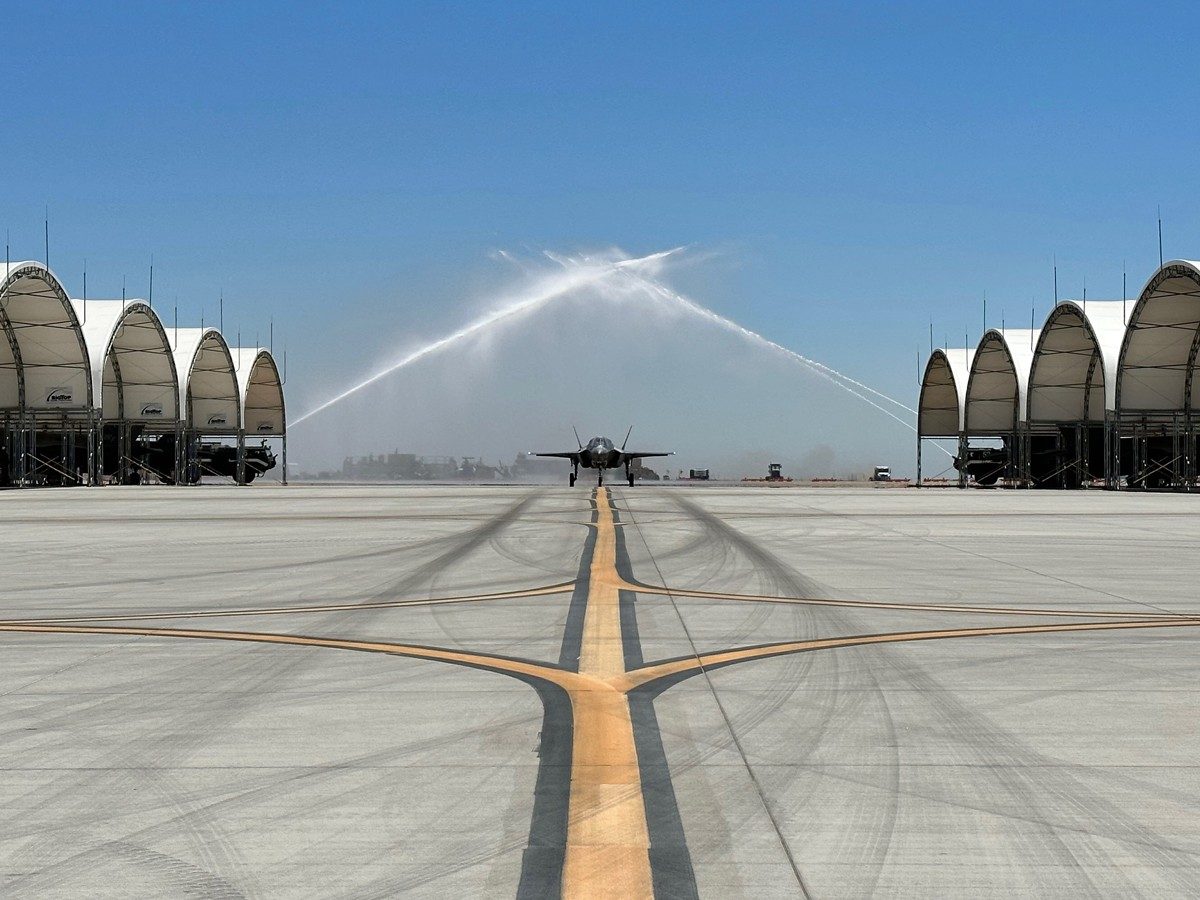From the Cockpit to the Classroom: Q&A with a F-35 Instructor Pilot
As a set of challenges, serving in the United States Marine Corps is one and flying the F-35 is another. Combine those two and add training the next generation of pilots and you get Duncan “GORT” French, the lead contract instructor pilot continuing his service with Lockheed Martin.
We sat down with GORT for a Q&A to understand what it was like to operate the F-35 and how he is using his experience to create an impactful training system for future F-35 pilots.
Q: Why did you want to become a fighter pilot?
A. The primary influence in my life that exposed me to this career path was my father. He was an F-4 pilot in Vietnam and thus I grew up around the pictures, stories and family friends who represented that experience in his life. Additionally, I was bit by the aviation bug early in my life. I got my pilot’s license when I was in high school and always considered the potential of becoming a military pilot.
When I went to college, I signed up for the Marine Corps’ officer candidate program. This program offered an aviation contract position, and thus a spot in flight school. Provided I could pass all of the tests to reach that point in training, I was afforded the opportunity to fly in the Marines.

Duncan “GORT” French in flight school, returning from a flight in the T-45.
Q. What does mission rehearsal look like in F-35 training?
A. Every flight in the military requires some form of mission rehearsal, also known as a flight brief. This discussion includes a review of everything you will execute in the flight. This one-hour brief goes into great detail and requires significant preparation on the part of the instructor and the student receiving the brief.
In addition to using the brief for flight preparation, we use the simulator as an additional form of mission rehearsal. Similar to a flight, we cover the conduct of each simulator in a brief as well. The simulator is the best way to fully rehearse what a pilot will see in the aircraft. Because the F-35 has a single-seat cockpit, the first time a student pilot flies the aircraft, he or she is on their own. We need to ensure they are successful when they get in the cockpit that first time and thankfully, the fidelity of our simulator is fantastic.
Our training syllabus involves extensive academic training and multiple simulator events before the student climbs into the cockpit for the first time. Even after the student starts flying the jet, the remainder of the training syllabus involves approximately a 50/50 split of simulators and flights.

French landing the F-35C at March Air Reserve Base, CA.
Q. How did your training help you in making quick decisions when flying?
A. The key to success is a proper foundation of knowledge and thorough preparation. Thankfully I had experience flying F-18s prior to flying the F-35. My F-18 training was extensive and I made my share of mistakes along the way. Preparing for each flight begins with study and mental preparation. I need to walk into my flight brief without any doubt on how we are conducting our event. Repetition and learning from previous mistakes were critical to success as a fighter pilot.
Making quick decisions in the F-35 is made easier by the training system that we have in place. I like to describe the F-35 as easy to fly but challenging to fight. When posed with a challenging situation, thankfully the jet is designed to make flying easy, allowing us to focus our attention on making decisions on how to fight. Our training system of academics, simulators and introductory flights provides the pilot with the tools to succeed.
Separately, landing on an aircraft carrier at night was one of the most demanding things I did in the F-18 and F-35. The first time you pass overhead the ship in preparation for landing, it’s hard to fathom just how small it is. I wouldn’t have been able to do it successfully those first few times without extensively training for it.
Q. What are the differences in capabilities you noticed when moving to a 5th generation aircraft?

French on the flight deck of the USS Ronald Reagan, preparing for a cat shot in the F-18.
Q: Why did you choose to work with Lockheed Martin as an instructor pilot?
A. I joined the team here for two primary reasons. To begin with, I wanted to continue to teach and lead the next generation of pilot training. I get a lot of satisfaction from working with the students – when I see that lightbulb go off for them, it’s very rewarding. Not everyone learns the same way… I enjoy the challenge of figuring out how to best instruct them, whether it’s with pictures, demonstrations or even asking them to teach me how to do something. We engage the students in different ways and help them overcome their struggles.
I’m also very passionate about leveraging the skills that I’ve built as an air warfare subject matter expert. I’m in a position to influence the future of military aviation. I want to use my background to impact where the F-35 program and the Department of Defense are headed.

French’s last flight in the F-35B, returning to parking at Marine Corps Air Station Miramar, CA.




